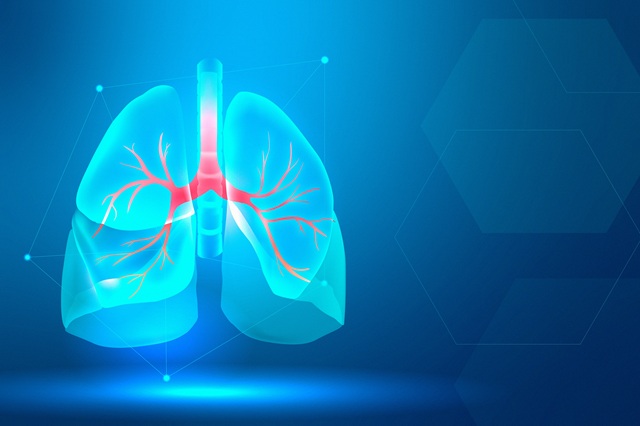Why Lung Cells Matter in Toxicology Studies
Lung cells play a pivotal role in toxicology studies, serving as the frontline defenders against inhaled toxins and providing critical insights into respiratory health. Understanding their function is essential for evaluating the safety of pharmaceuticals, environmental pollutants, and industrial chemicals. Toxicology research relies on accurately modeling the human respiratory system, and lung cells are central to this process because they are the primary interface between airborne substances and the body.
The Role of Lung Cells in Toxicology
The human respiratory system comprises a diverse array of cell types, each contributing uniquely to lung function and defense. Among these, alveolar epithelial cells, particularly type 2 alveolar epithelial cells, are crucial. These cells facilitate gas exchange and produce surfactant, which reduces surface tension in the lungs, keeping them open and functional. Additionally, type 2 cells act as progenitors for type 1 alveolar epithelial cells, aiding in tissue repair following injury. This regenerative capacity makes them a key focus in studies examining the impact of toxic substances on lung tissue.
Alveolar macrophages are another vital cell type that resides in the alveoli, serving as the primary immune responders to inhaled particles and pathogens. They engulf and neutralize harmful substances and initiate inflammatory responses when necessary. Their activity provides valuable information on how the lungs react to various toxicants, including pollutants, smoke, and chemical aerosols. Because macrophages orchestrate inflammation and immune signaling, monitoring their responses in toxicology studies is essential for understanding potential lung damage and disease progression.
Bronchial epithelial cells, lining the airways, also play an important role. These cells act as a barrier, preventing harmful agents from penetrating deeper lung tissue. They produce mucus and cilia-driven movement to trap and remove particles, making them an important component in inhalation toxicology studies. Damage to these cells can lead to impaired clearance of toxicants and increased susceptibility to respiratory diseases, emphasizing their importance in evaluating chemical safety.
Advancements in Lung Cell-Based Models
Traditional animal models have been instrumental in toxicology, but often fail to replicate human-specific responses due to species differences. Recent advancements in in vitro lung models, such as those developed by ImmuONE, offer more accurate representations of human lung physiology. ImmuONE specializes in creating immune-competent, human-derived lung cell models that mimic the complex interactions of the respiratory system. Their products, like ImmuLUNG™ and ImmuPHAGE™, are specifically designed to assess inhalation toxicity and immune responses to airborne substances.
These models leverage human pluripotent stem cells (hPSCs) to generate lung progenitor cells, which can differentiate into multiple lung cell types under controlled laboratory conditions. This allows researchers to study the effects of toxicants on human lung cells more effectively, providing insights that are directly translatable to human health outcomes. Unlike animal models, these in vitro systems can replicate human-specific responses, including inflammatory signaling, oxidative stress, and tissue remodeling, improving the predictive power of toxicology studies.
Importance of Human-Relevant Models
Human-relevant in vitro models are essential for several reasons. They reduce the need for animal testing, aligning with ethical considerations and regulatory trends favoring alternative methods. They also provide a more accurate reflection of how human lungs respond to toxic exposures, supporting better safety assessments and more effective therapeutic interventions. For example, studies using human lung cell models have successfully replicated inflammatory responses observed in human lungs exposed to pollutants like cigarette smoke or particulate matter. This capability is vital for developing strategies to mitigate the health impacts of air pollution and occupational hazards.
Furthermore, the ability to study cell-cell interactions in human lung models allows scientists to observe complex immune and structural responses that are difficult to replicate in animal models. This can lead to new insights into respiratory diseases and improve our understanding of how chronic exposure to toxicants affects lung function over time.
Summing Up
Lung cells are indispensable in toxicology studies, offering essential insights into how the respiratory system responds to harmful substances. Advancements in human-derived in vitro models enhance our ability to assess inhalation toxicity accurately and ethically. By focusing on the interactions between various lung cell types and their responses to toxicants, researchers can better predict human health outcomes and develop safer pharmaceuticals, environmental policies, and industrial practices. As research progresses, these models will continue to play a crucial role in safeguarding respiratory health and informing public health strategies.

